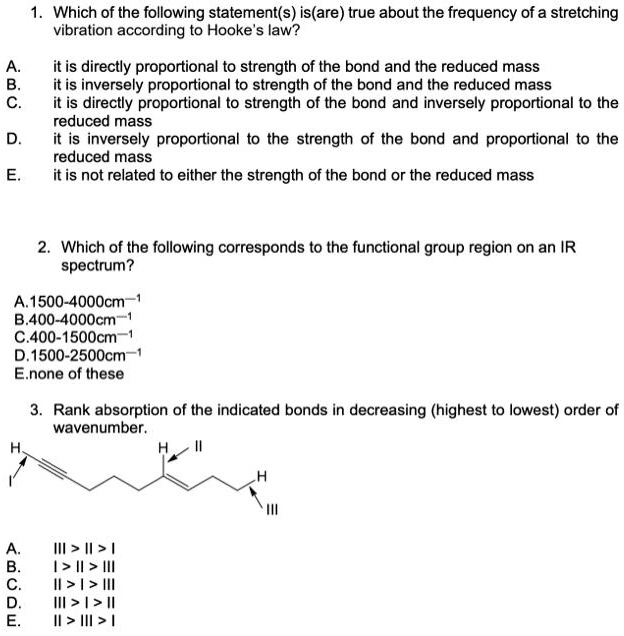Which Of The Following Statements Is Not True About Flexibility

The quest for physical well-being has fueled countless myths and misconceptions, particularly when it comes to flexibility. Often touted as a cornerstone of health, flexibility is frequently misunderstood, leading to ineffective or even harmful practices. Sorting through the noise to understand the true nature of flexibility is crucial for anyone striving for a healthier lifestyle.
This article aims to debunk common fallacies surrounding flexibility. We will examine prevailing statements about flexibility, dissecting their validity with insights from experts and scientific research. The goal is to provide a clear understanding of what flexibility truly entails and how to pursue it safely and effectively.
Defining Flexibility and Its Components
Flexibility, at its core, is the range of motion available at a joint or series of joints. It’s not a monolithic entity but rather a complex interplay of various factors. These factors include muscle elasticity, joint structure, and the nervous system's ability to tolerate stretch.
Muscle elasticity, the ability of a muscle to lengthen and return to its original length, plays a significant role. Joint structure, determined by bones, ligaments, and cartilage, also influences range of motion. The nervous system acts as a gatekeeper, determining how far a muscle can safely be stretched before triggering protective reflexes.
Common Misconceptions Debunked
One persistent misconception is that "everyone can achieve the same level of flexibility with enough training." This statement is demonstrably false. Genetic predispositions significantly impact a person's inherent flexibility.
Some individuals are naturally more flexible due to variations in collagen structure, joint anatomy, and muscle fiber composition. Trying to force your body beyond its genetically determined limits can lead to injury. Understanding your body's natural limitations is crucial.
Another widely held belief is that "static stretching before exercise prevents injuries." While static stretching has its place, research suggests it doesn't necessarily reduce injury risk when performed before activity. In some cases, it may even impair performance.
A 2004 study published in the Medicine & Science in Sports & Exercise journal found that static stretching can temporarily decrease muscle strength and power. A dynamic warm-up, incorporating movements that mimic the activity to be performed, is often a more effective injury prevention strategy.
A third fallacy is that "more flexibility is always better." Excessive flexibility, or hypermobility, can be detrimental. Hypermobility can destabilize joints, increasing the risk of dislocations and sprains.
Individuals with hypermobility syndromes, such as Ehlers-Danlos syndrome, often experience chronic pain and joint instability due to excessive range of motion. The key is to achieve a functional range of motion that supports daily activities and sports performance without compromising joint stability.
The statement, "flexibility is solely about touching your toes," also requires clarification. While touching your toes might be a common benchmark, it only assesses flexibility in the hamstrings and lower back. True flexibility encompasses range of motion in all joints throughout the body.
Focusing solely on one area can lead to imbalances and increased risk of injury in other areas. A well-rounded flexibility program should address all major muscle groups and joints.
The Role of Age and Flexibility
It's often assumed that "flexibility inevitably declines with age." While it's true that flexibility tends to decrease as we get older, this is not an immutable process. Regular stretching and exercise can help maintain and even improve flexibility throughout life.
Age-related changes in collagen and muscle tissue can contribute to stiffness. However, consistent movement and targeted stretching can counteract these effects, preserving range of motion and overall mobility.
Safe and Effective Flexibility Training
The most effective approach to flexibility training involves a combination of static and dynamic stretching, along with regular exercise. Static stretching involves holding a stretch for a prolonged period (typically 15-30 seconds).
Dynamic stretching involves controlled movements through a full range of motion. Yoga and Pilates are excellent options for improving flexibility and promoting overall body awareness. Consulting with a qualified physical therapist or certified personal trainer can provide personalized guidance.
Proprioceptive Neuromuscular Facilitation (PNF) is another technique that can enhance flexibility. PNF involves contracting and relaxing specific muscle groups to increase range of motion. This technique is often used in rehabilitation settings to improve flexibility after injury.
Conclusion: A Balanced Perspective on Flexibility
In conclusion, while flexibility is an important aspect of physical health, it's crucial to approach it with a balanced and informed perspective. Misconceptions surrounding flexibility can lead to ineffective or even harmful practices. Understanding the limitations of one's body and employing safe and effective stretching techniques are essential.
Future research should focus on the long-term effects of different flexibility training methods on injury prevention and overall health. By debunking myths and promoting evidence-based practices, we can empower individuals to achieve optimal flexibility and well-being.













